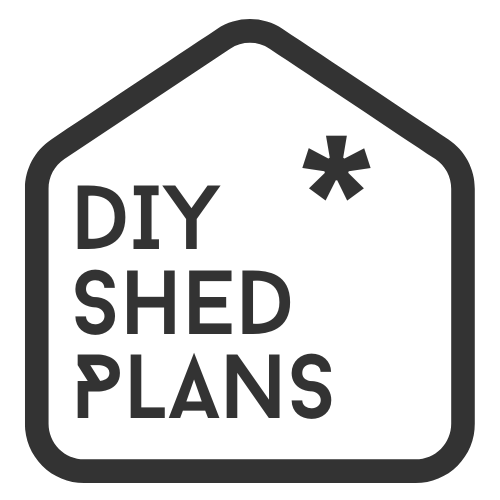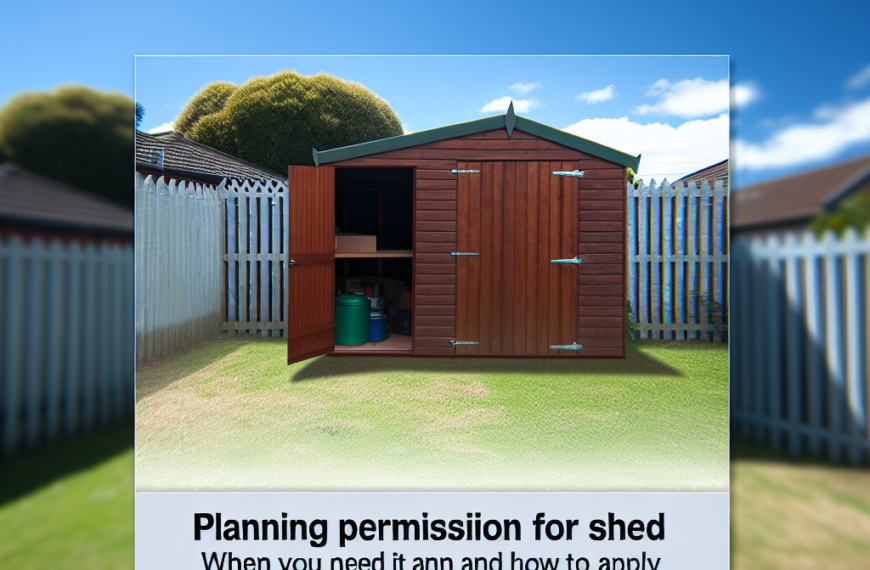Introduction
Decorative garden sheds are becoming increasingly popular as homeowners seek to combine function with style in their outdoor spaces. Unlike traditional sheds that often serve purely utilitarian purposes, decorative garden sheds can enhance the aesthetic appeal of a garden while providing storage or workspace. This article will explore how to plan for a decorative garden shed, covering everything from design considerations and materials to choosing the right location and integrating the shed into your garden’s overall look. Whether you’re a DIY enthusiast or looking to hire professionals, these garden shed plans will help you create a structure that is both practical and visually appealing.
Designing a Decorative Garden Shed That Complements Your Space
When planning a decorative garden shed, the design must reflect both your personal style and the character of your garden. A well-designed decorative garden shed acts as an accent piece, enhancing the beauty of your outdoor area rather than detracting from it.
Start by evaluating the existing style of your home and garden. For a classic English country garden, consider a wooden shed with pitched roofs and ornate trim. Modern gardens benefit from sleek lines and minimalist shapes with materials like metal or composite wood. Shabby chic or rustic gardens lend themselves well to distressed paint finishes and vintage hardware.
Some key design elements to focus on:
- Roof style: Options include gable, gambrel, flat, or lean-to, each impacting the shed’s silhouette and drainage.
- Windows and doors: Choose decorative windows with mullions or flower boxes, and select doors that complement your design—whether barn-style sliding doors or French doors.
- Color and finishes: Match or contrast with your home or garden for visual harmony. Bold colors can make a statement, while natural wood finishes blend into greenery.
- Ornamentation: Add trellises, decorative vents, shutters, or intricate molding to elevate the look.
Choosing Materials for Durability and Aesthetic Appeal
The choice of materials will determine not only the shed’s longevity but also its overall appearance. Traditional shed materials include wood, metal, and vinyl, but modern composite materials offer a blend of durability and reduced maintenance.
Wood remains the most popular choice for decorative garden sheds due to its classic look and versatility. Cedar and redwood are naturally resistant to rot and insects, making them excellent options. For a budget-friendly build, pine can be treated with preservatives and painted to increase resistance to the elements.
Metal sheds, often made of steel or aluminum, provide excellent durability and fire resistance but can be less customizable in terms of decoration. Powder coating can add color and protect against rust.
Vinyl and composite materials offer the advantage of low maintenance and weather resistance. They are tactfully designed to mimic wood textures and can be enhanced with decorative accessories.
When selecting materials, consider your climate—humid or rainy regions benefit from rot-resistant materials, while dryer climates may allow for a broader material choice.
Planning the Layout and Functionality
A garden shed should be both decorative and functional. Define how you intend to use the space: Will it be a potting shed, tool storage, a hobby workshop, or even a relaxing retreat? The shed’s interior layout must accommodate these uses effectively.
- Storage solutions: Include shelves, pegboards, hooks, and built-in cabinets to keep tools organized and accessible.
- Work areas: Consider a small workbench or folding tables to maximize space.
- Ventilation and lighting: Windows, vents, and possibly skylights will ensure adequate airflow and natural light, contributing to comfort and longevity of stored items.
- Electricity and plumbing: If you want power for lighting, tools, or even heating/cooling, plan wiring with professional assistance. Water access can be integrated for gardening tasks.
Ensuring an ergonomic and efficient interior complements the exterior charm, making the decorative shed a genuine asset.
Selecting the Ideal Location in Your Garden
Placement impacts both the functionality and visual integration of your shed. Consider these factors for an optimal location:
- Sunlight exposure: A spot with morning sun and afternoon shade often works best, preventing overheating.
- Accessibility: Position near garden paths or your home for ease of transport and convenience.
- Foundation and drainage: Choose a level site with good drainage to avoid moisture problems and structural damage.
- Visibility: If the shed is a decorative element, place it where it can be appreciated without disrupting main garden views.
- Local regulations: Check zoning laws or homeowners’ association rules regarding shed size, setbacks, and permits.
Proper planning in location supports both practical use and aesthetics.
Incorporating Landscaping and Decorations Around Your Shed
The surroundings of the garden shed are as important as the structure itself for overall appeal. Thoughtful landscaping bridges the shed into the garden creating a cohesive outdoor space.
- Plant beds: Surround the shed with perennial flowers, shrubs, or climbing plants like clematis or roses. These soften edges and add splashes of color and texture.
- Pathways: Use gravel, stone, or brick paths leading to the shed to guide visitors visually and physically.
- Hardscape features: Benches, decorative stones, or birdbaths nearby enhance the garden experience.
- Lighting: Solar or low-voltage garden lighting highlights the shed at night and adds atmosphere.
- Decorative accents: Hang planter boxes, outdoor art, vintage signs, or weather vanes on or around the shed for personality.
Such landscaping elements unite functionality with beauty, making the shed a focal point.
Building or Buying: Weighing Your Options
Deciding whether to build your decorative garden shed from scratch or purchase a pre-made kit depends on skill, budget, and customization preferences.
Building from plans offers ultimate customization. You can design according to your garden’s dimensions, select exact materials, and create your dream shed’s unique features. This approach requires carpentry skills, tools, and time, but the result is a truly personalized structure.
Pre-fabricated kits are ideal for those seeking convenience and faster installation. Many kits come with decorative trim and window options, and sizes range from small storage sheds to larger workshops. Ensure to select kits with styles that align well with your garden’s aesthetic.
Professional contractors can also build custom decorative sheds if budget permits, blending expert craftsmanship with your vision.
Maintenance Tips to Preserve Your Decorative Garden Shed
Once your decorative garden shed is complete, ongoing maintenance will ensure it remains an attractive and functional garden feature for years to come. Key maintenance tasks include:
- Regular painting or staining: Protect wood surfaces from moisture and UV damage.
- Roof inspection: Check shingles or metal roofing for wear and leaks seasonally.
- Cleaning gutters and drainage: Prevent water buildup that can cause rot or flooding around the foundation.
- Pest control: Monitor for insects or small animals nesting inside and address promptly.
- Ventilation check: Keep vents clear to avoid mold and mildew problems.
Early attention to any issues minimizes costly repairs and preserves your shed’s charm.
Conclusion
Decorative garden sheds provide both practicality and visual enhancement to your outdoor space, serving as storage, workspace, or serene garden retreats. Thoughtful planning—starting from design styles that harmonize with your garden, selecting the right materials, and determining functional layouts—ensures your shed becomes a vital element of your landscape. Careful site selection and integration with garden landscaping further elevate its appeal while maintaining accessibility and longevity. Whether opting to build from custom plans or choosing a pre-fabricated kit, investing time and effort upfront in your decorative garden shed creates a beautiful, durable, and enjoyable addition to your home. With regular maintenance, your garden shed will remain a cherished garden centerpiece for years to come.





